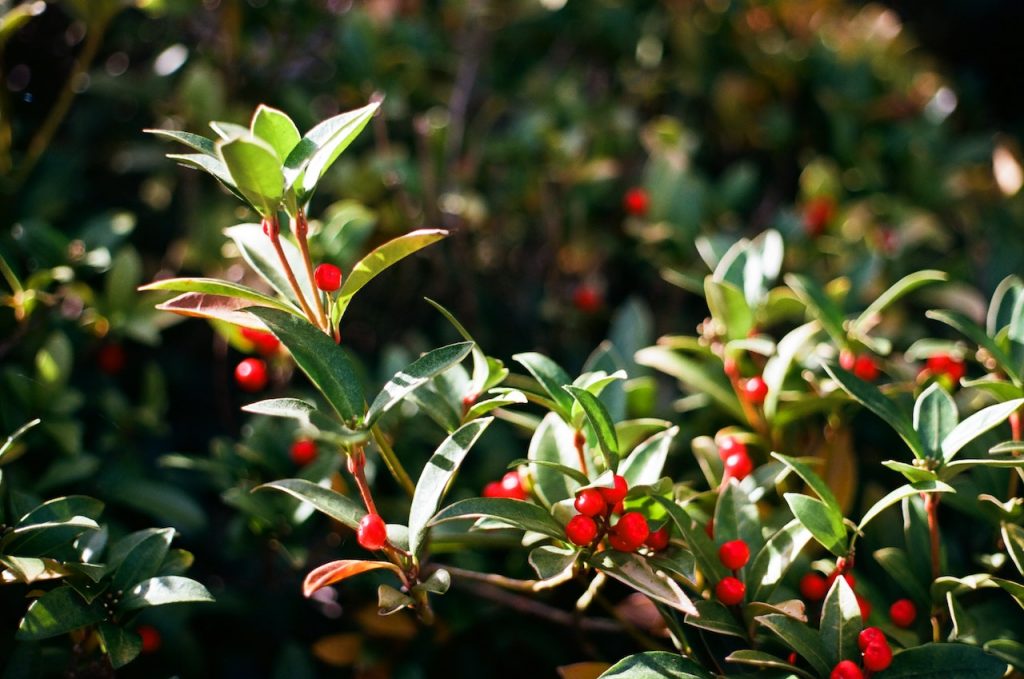I accept this Karma
Dharma Glimpse by Paramita
Denial can be a very powerful thing. At times my mind edits out important aspects of reality in order to protect me from painful truths, or to keep me engaged in behaviours that numb me out, so that I can survive the waves of tumult that flare up so frequently in the ocean of Samsaric existence.
My sister is dying. I can feel the detachment and dissociation even as I write that – which is probably a positive sign – better than feeling nothing. Unfortunately, she isn’t as lucky as me, in that she doesn’t currently possess the lucidity with which to make such observations, or engage with such processes.
I don’t know how long she’s got, but I’m pretty sure it’s not long.
And I’m not always numb. Sometimes when I look at her, the reality of our tragic history floods over me, leaving me, at times, ashamed, distraught and very angry. But who am I angry with? I know that myself is in there somewhere. Why couldn’t I have been a better brother? How much did my own chaotic behaviour feed into her sense of despair when we were young?
And, as I consider this, my faith kicks in.
Where does the blame lie? What I am looking at is the end result of an unimaginably long chain of abuse, neglect, ignorance and disease, handed down many generations with minimal resistance, culminating in acute illness and widespread heartbreak. Blame doesn’t really come into it, because in every direction I turn as I seek the truth, confusion and denial prevail over sanity and responsibility.
So instead of anger and spite, my mind is turned more readily to understanding and compassion. “the consequences of karma are difficult to conceive” as the Buddha Shakyamuni tells Ananda in the Larger Pureland Sutra.
So far, and unless a miracle happens in the very near future, which I never completely rule out, my sister’s karmic streams have not aligned her with recovery in this lifetime. I cannot possibly begin to understand the complexities of how they might somehow direct her towards a better life, more conducive conditions in future incarnations, but I do trust that this is slowly happening.
One of the mantras that I have found very useful in the midst of times of extreme disarray such as this, is “I accept this karma”. I acknowledge that I don’t know. I look at my own journey and my mind boggles at how my life has turned around and presented me with a different path. Why me? Why now?
I know that I can’t change the past and I have a minimal influence in the present. The power in my life comes exactly from accepting that I don’t know, I am not in charge. The law of cause and effect is greater and more mysterious than I will ever know. But I do feel the support that is promised from the “other side”. Amida and Quan Yin answering my call for their presence in impossibly trying times. Showing up to remind me that no matter how good or bad I think I am, I am not alone, and neither is my sister.
In the end I have to detach with love. I’m not wise enough or clever enough to do battle with the forces that are locking her into her demise. And I know that I have a responsibility to not expose myself to too much of the poison that made me sick so many years ago. I don’t know how this all turns out, but I trust Amida and I accept this Karma!
Namo Amida Bu!

